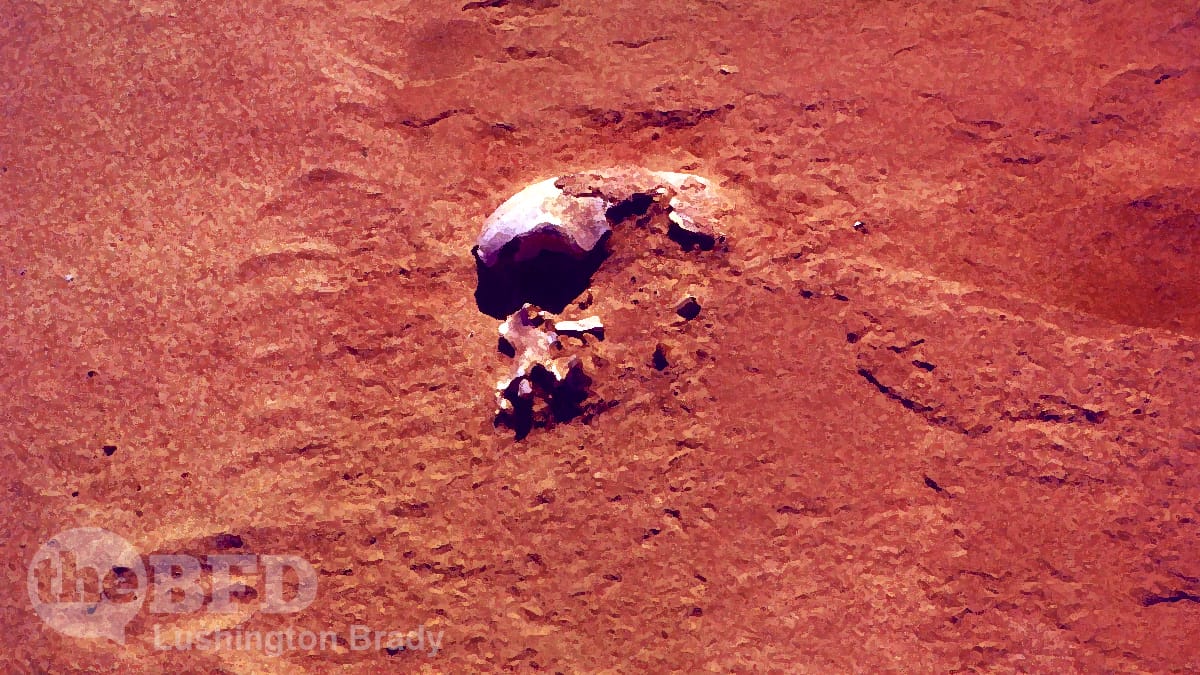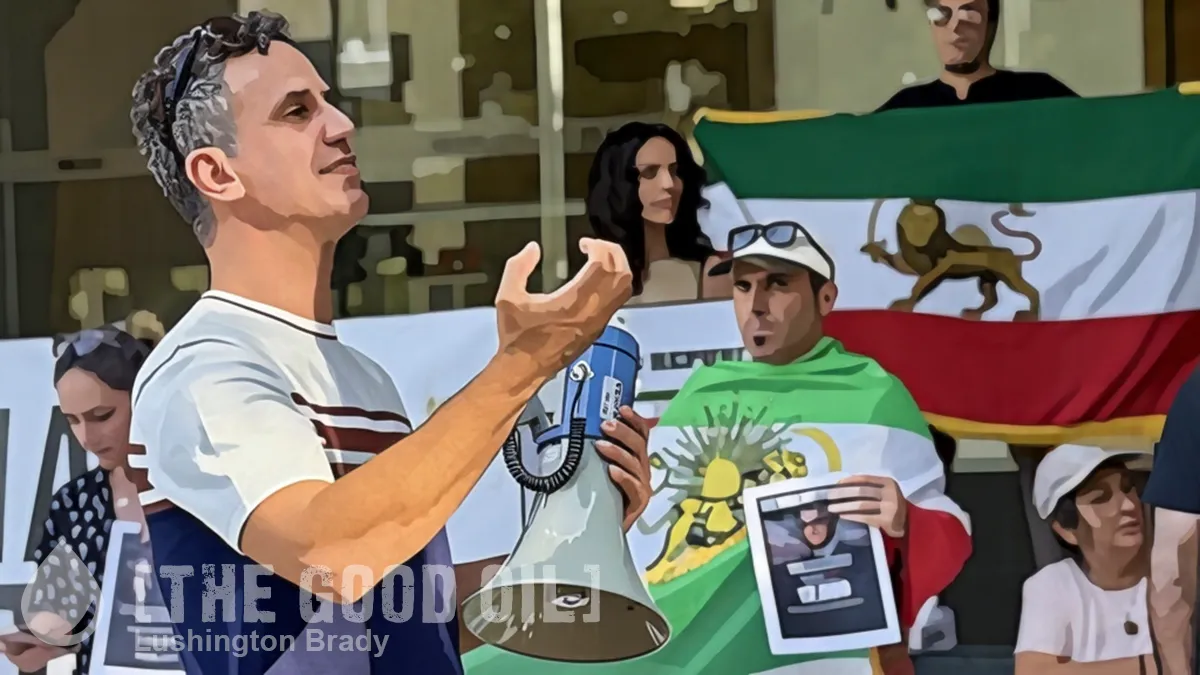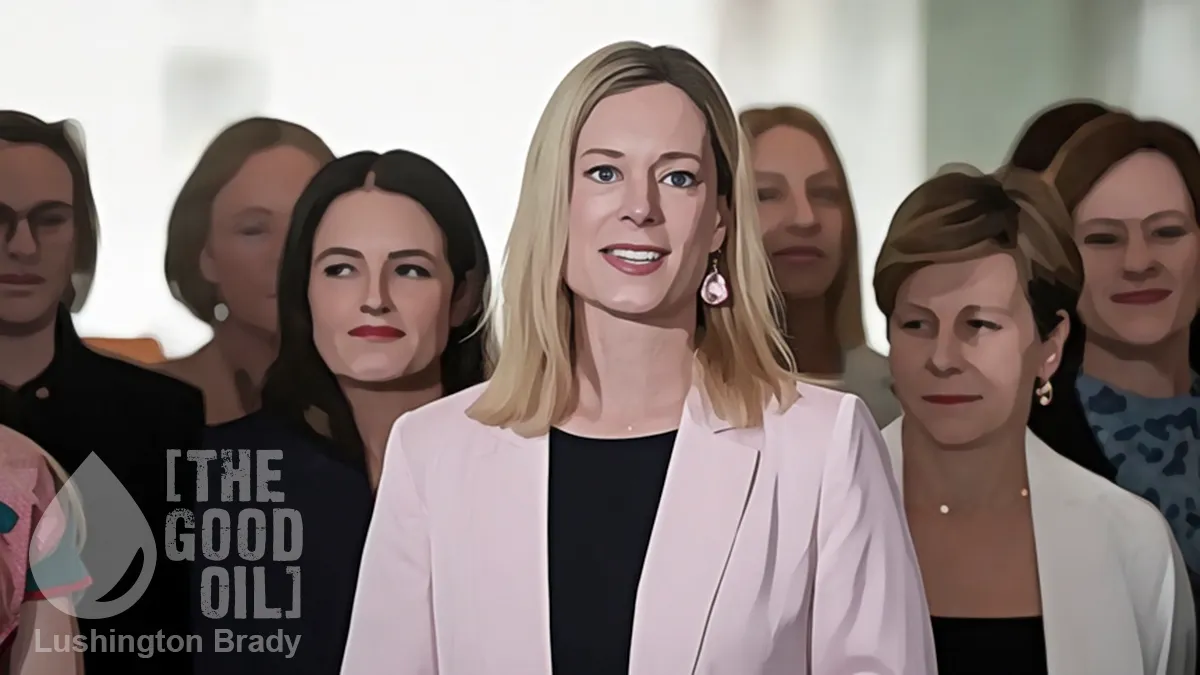Table of Contents
We’re all familiar with the First Law of the Shed: never throw anything out — it might come in handy, one day. Science is a lot like a shed: you never know when some old, apparently useless thing will come in handy.
In forensic science, for instance, evidence collected decades, even a century or more ago, can be used to solve cold cases. New forensic techniques that didn’t even exist at the time can unlock previously unbreakable secrets.
The same principle applies to archaeology. New DNA techniques, for instance, can shed an astonishing new light on the past.
Not always comfortably.
Long-held beliefs and assumptions can be overturned. For instance, black American activists promulgated the idea that the Ancient Egyptians were black Africans. New DNA techniques have shown conclusively that that just isn’t true: the Ancient Egyptians had almost no sub-Saharan genes.
Australian scientist Stephen Webb’s Palaeopathology of Aboriginal Australians: Health and Disease Across a Hunter-Gatherer Continent applied modern forensic techniques to ancient Aboriginal remains. The book revolutionised our understanding of pre-European Australia. Webb showed that Aboriginal Australians enjoyed remarkably good health in many respects and also employed some surgical techniques.
But the book also reveals a darker side to pre-1788 Australia. One that is very much at odds with the “noble savage” mythology of many Aboriginal activists and the left. When prominent Aboriginal activists flatly deny that violence, especially against women, was a part of traditional culture, we know for a fact that they’re either lying or deluded.
Historical records from early European contactees, such as Watkin Tench and William Buckley (who lived for decades as part of the Wauthurong people of what is now the Geelong-Otway district) record astonishing levels of violence, particularly against women. Lest this be denied as “white racism”, Webb’s research showed conclusively that traditional society was incredibly violent — and no-one suffered worse than women.
Uncomfortable as they are, these are simply facts. Facts we might never have known if there weren’t ancient Aboriginal relics available to examine with new scientific techniques.
Which raises the question: why the rush to hide hundreds of Aboriginal remains in the dirt in unmarked locations?
Mungo Man – Australia’s oldest human whose remains rewrote Australian prehistory when they were found in 1974 – will be reburied secretly in an unmarked grave at Lake Mungo in a plan described as “a legacy of shame” by Mungo Man’s finder Jim Bowler.
The remains will be laid to rest in the dry lake country where Mungo Man died more than 40,000 years ago, amid mounting anger over how and where his burial – and those of more than 100 other excavated remains – should take place.
Bear in mind that Mungo Man was the basis for the whole “world’s oldest living culture” meme. If it weren’t for modern scientists finding and testing such ancient remains, modern Aboriginal Australians would never have had one of their proudest claims.
This is not just the “repatriation” of a single person, either. This is a wholescale rush to hide hundreds of remains of incalculable scientific value.
A call for public comment posted last week on the federal Department of Environment website revealed that a series of excavations and burial ceremonies have been planned for “the reburial of 108 Willandra Lakes Aboriginal Ancestors at 26 sites within the Willandra Lakes Region World Heritage Area”.
“No markers will be installed to indicate the grave locations and the sites will be returned to existing conditions,” the post states. “Each reburial will be undertaken with a small private cultural ceremony as the remains are re-intermed close to the point of origin.”
It’s as if Egypt went and stuffed its priceless ancient relics back inside pyramids and tombs and sealed them off forever.
Professor Bowler, 91, said he was appalled that the plan – which is open for comment on the website for only 10 working days – would effectively destroy 40,000-year-old remains that constitute a “jewel” in the nation’s history.
“Reburying Mungo Man and Mungo Lady without acknowledgment would be a legacy of shame,” he said.
“To bury them secretly, to take them out into the bush and just dump them in the ground, lacks respect, and to have this occurring in a World Heritage area is scandalous.”
Even Aboriginal representatives are divided.
Michael Young, a Barkindji man who oversaw the ceremonial return of Mungo Man, said burying archaeological relics in unmarked sites would rob Indigenous people of their own research opportunities[…]
Michael Westaway, a palaeoanthropologist who studied 26 of the 108 individuals’ remains, said the loss to global science would be incalculable, as many human relics have not been properly studied.
“These hundred or so individuals are the most significant series of modern human remains outside of Africa,” he said.
The Australian
It’s almost as if the activists determined to hide these remains from scrutiny are worried about what scientists might find.

Please share this article so that others can discover The BFD






